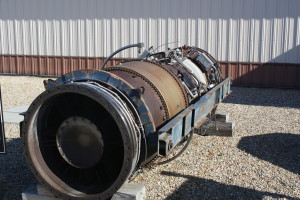 The Pratt & Whitney J-57 (company designation: JT-3C) was an axial-flow turbojet engine developed by Pratt & Whitney in the early 1950s. The J-57 was the first 10,000 lbf (45 kN) thrust class engine in the United States. The J-57/JT-3C was developed into the J-57/JT-4A turbojet, JT-3D/TF-33 turbofan and the PT-5/T-57 turboprop.
The Pratt & Whitney J-57 (company designation: JT-3C) was an axial-flow turbojet engine developed by Pratt & Whitney in the early 1950s. The J-57 was the first 10,000 lbf (45 kN) thrust class engine in the United States. The J-57/JT-3C was developed into the J-57/JT-4A turbojet, JT-3D/TF-33 turbofan and the PT-5/T-57 turboprop.
The J-57 was a development of the XT-45 (PT-4) turboprop engine intended for the XB-52. As the B-52 power requirements grew, the design evolved into a turbojet, the JT-3. The prestigious Collier Trophy for 1952 was awarded to Leonard S. Hobbs, Chief Engineer of United Aircraft Corporation, for “designing and producing the P&W J-57 turbojet engine”. On May 25, 1953, a J-57-powered YF-100A exceeded Mach 1 on its maiden flight. The engine was produced from 1951 to 1965 with a total of 21,170 units built.
The Pratt & Whitney J-57 was one of the most successful 1950s era jet engines built in the US. Approximately 26,000 engines, of all versions were built. The civilian designation was the JT-3C and was used on early model B-707s, B-720s, and DC-8s. The military version was used by the USAF, USN, and USMC. They were used on the B/RB-52A-G, KC/EC/RC/C/NC/NKC-135A,D,G,Q, and N, F-100A-F, F/TF-102A, A/EA/ERA-3A-D, B/EB-66B-D, F/RF-101A-F, A-4C-J, A/EA-6A-D, and other US military aircraft.
The engine came in afterburner (reheat) and non-afterburner versions. On “heavies” (B-52 and KC-135 versions) it was available with water injection to increase take-off rated thrust (TRT). Water injection was used for the initial 2 minutes of take-off, but there was also a “dry” TRT available for take-offs not requiring water injection. The water was “demineralized water”, that was not suitable for drinking, alcohol was not used in the J-57. TRT was limited to 5 minutes of continuous operation. Military Rated Thrust (MRT) could be used for only 30 minutes. Normal rated thrust (NRT) could be used continuously.
The J-57 was a pure turbo jet, it had no fan section, but was later modified with a low bypass fan section and that version was designated as the TF-33 for military engines or the JT-3D (and JT-8D for the improved version). Versions are still in use today many different airplanes, including the B-52H, KC-135E, E-3A-C, B-707, DC-8, B-737-200, B-727-200, DC-9, MD-80 series, and others. Another derivative engine that evolved from the J-57 was the TF-30 used on the F/FB-111A-G, and the F-14A/B, as well as many other fighters.
